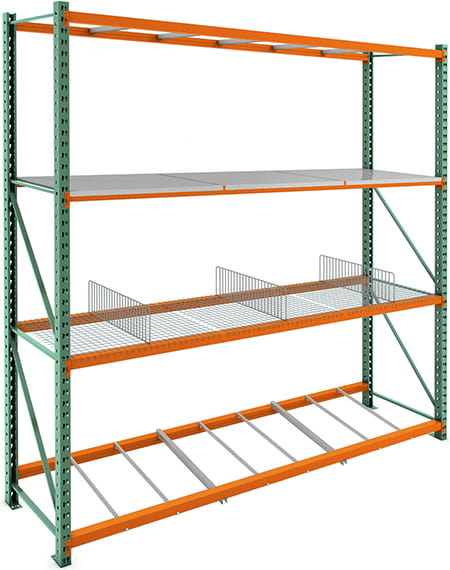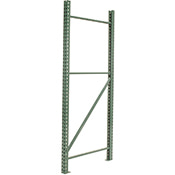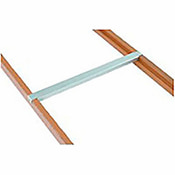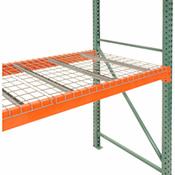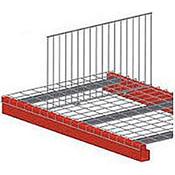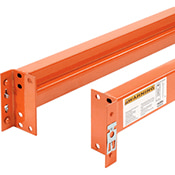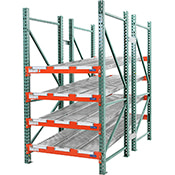

Our representatives are here to help you. Click the button below to chat.
Chat Now No Thanks

Got a cartload of questions? That’s ok too. Chat with our team now.
Chat Now No ThanksPallet Racks & Components
Pallet Racks Systems
Knowledge Center Resources
Racking your brain for pallet rack answers? Maybe we already have them.
What are the main components of pallet racks?
What are OSHA requirements for warehouse racking?
The design, testing, and utilization of pallet racking falls under the American National Standards Institute (ANSI) standard MH16.1:2021.
*Note that there are ANSI Standards for all types of racking systems.*
What are the most important considerations with pallet racking?
Do pallet racks have to be anchored?
Yes, they do. The racking manufactures require it, all building codes will require it, and if OSHA inspector comes in and observes that it is not, then OSHA will trigger the General Duty clause and determine that it is a recognized hazard that you are not protecting your employees from.
Pallet Racks & Components
Global Industrial's pallet racks provide efficient and practical storage solutions that optimize vertical storage space for warehouses, distribution centers, and manufacturing facilities. These heavy-duty racks are designed to hold and organize pallets of varying sizes and weights, making them ideal for high-density storage applications. The racks are constructed with durable steel and are available in a variety of sizes, configurations, and weight capacities to suit your specific storage needs.
